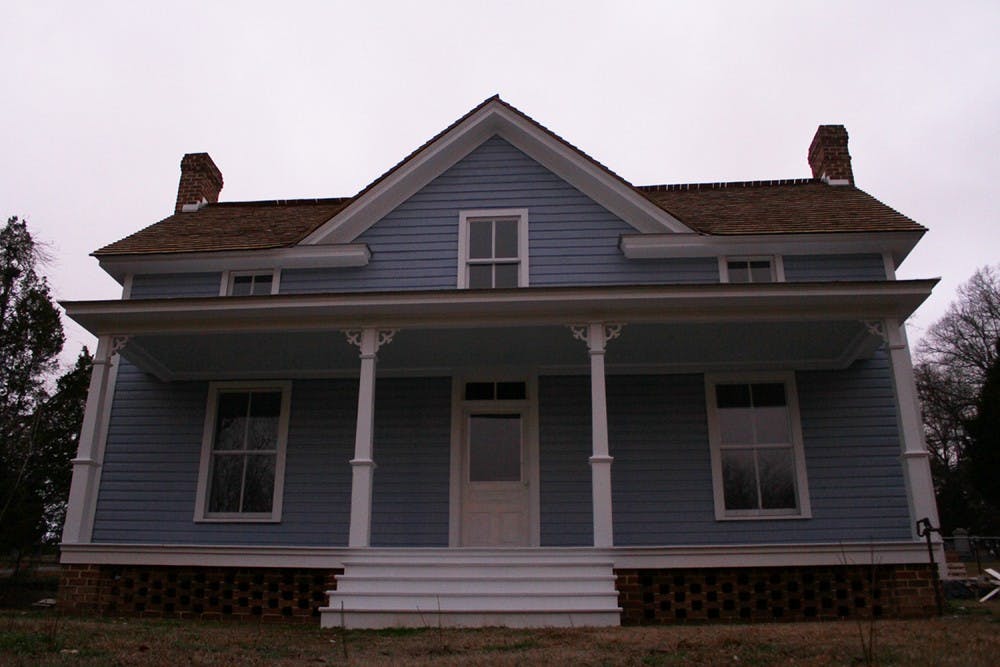On Jan. 11 civil rights activist Pauli Murray's Durham home was designated a National Historic Landmark, one of the few — less than 3 percent in 2011 — to recognize women, people of color or members of the LGBTQ community.
A day later, the home received a federal grant of $237,575 to restore the interior of the property.
Murray, the first female African-American Episcopal priest, was a founder of the National Organization for Women and a key figure in the inclusion of the ban on workplace discrimination based on sex in the Civil Rights Act of 1964.
“She served as a bridge figure between social movements through her advocacy for both women’s and civil rights,” the Department of Interior said in a statement about the designation.
The federal fund awarded to the Pauli Murray Center for History and Social Justice is part of a larger effort to preserve stories about the struggle for racial equity in the 20th century, made possible by the African-American Civil Rights Grant Program.
Megan Brown, a grants coordinator for the National Park Service, said the panel reviewed over 150 applications nationwide for the grant program.
“(Murray) seems like an amazing figure (for) all kinds of civil rights,” she said. “When the panel was going over the application, everyone was truly amazed at everything she accomplished in her life.”
The landmark restoration and designation will help shed light on an important figure that otherwise has received little historical recognition, said Andrew Reynolds, a UNC political science professor.
“If she had been white and male and straight, we would all know about her and would be learning about her in school,” he said. “But because she was black and female and queer, we don’t know much about her at all.”




